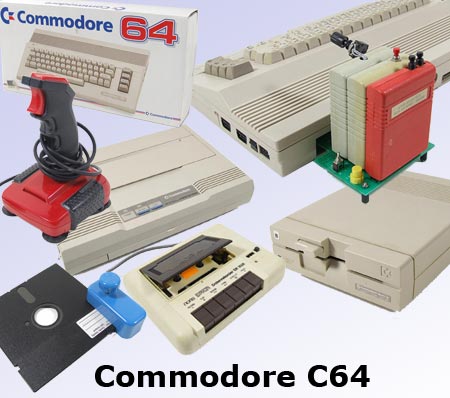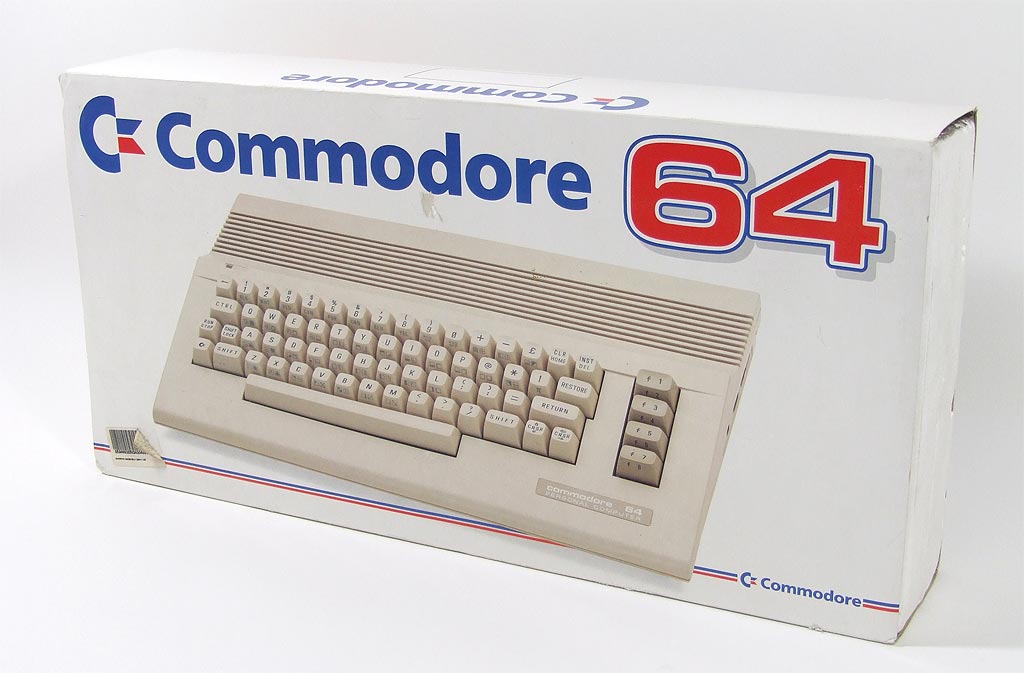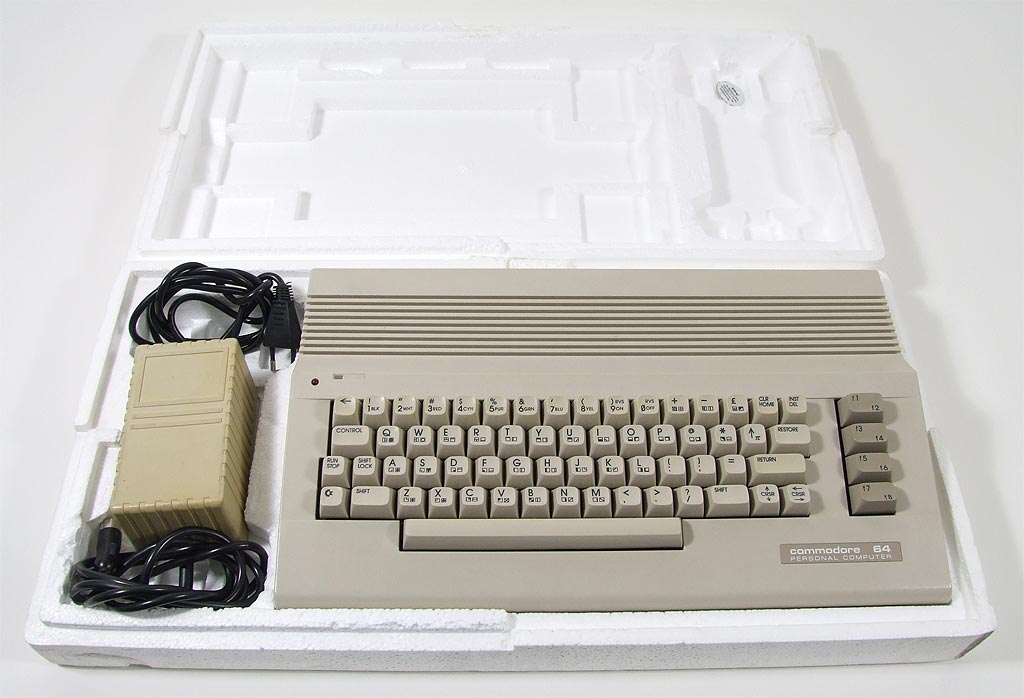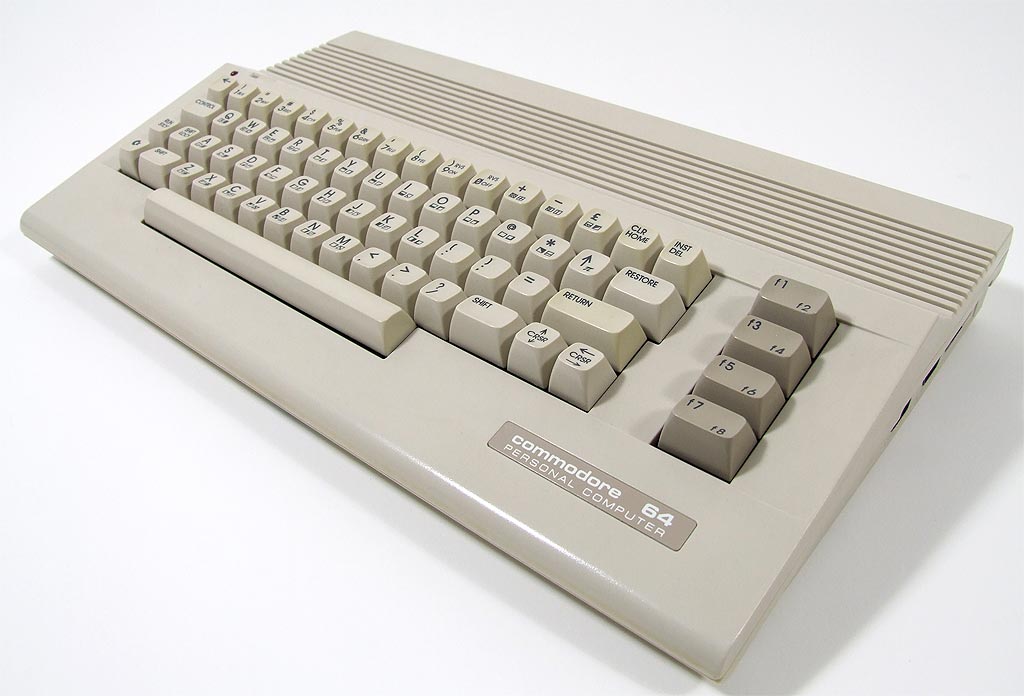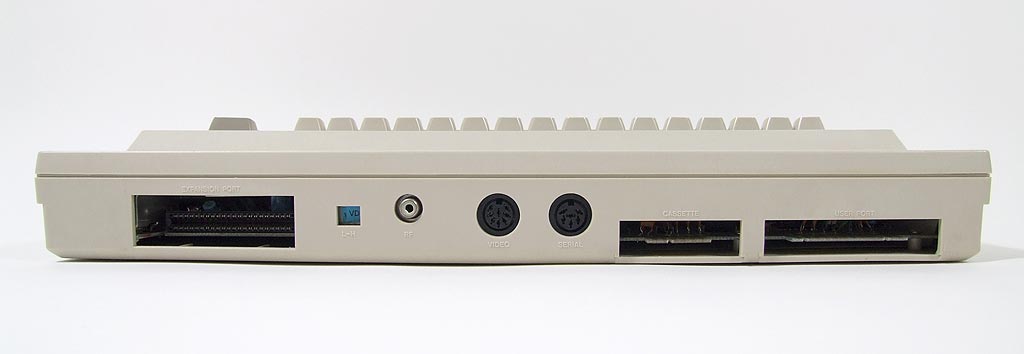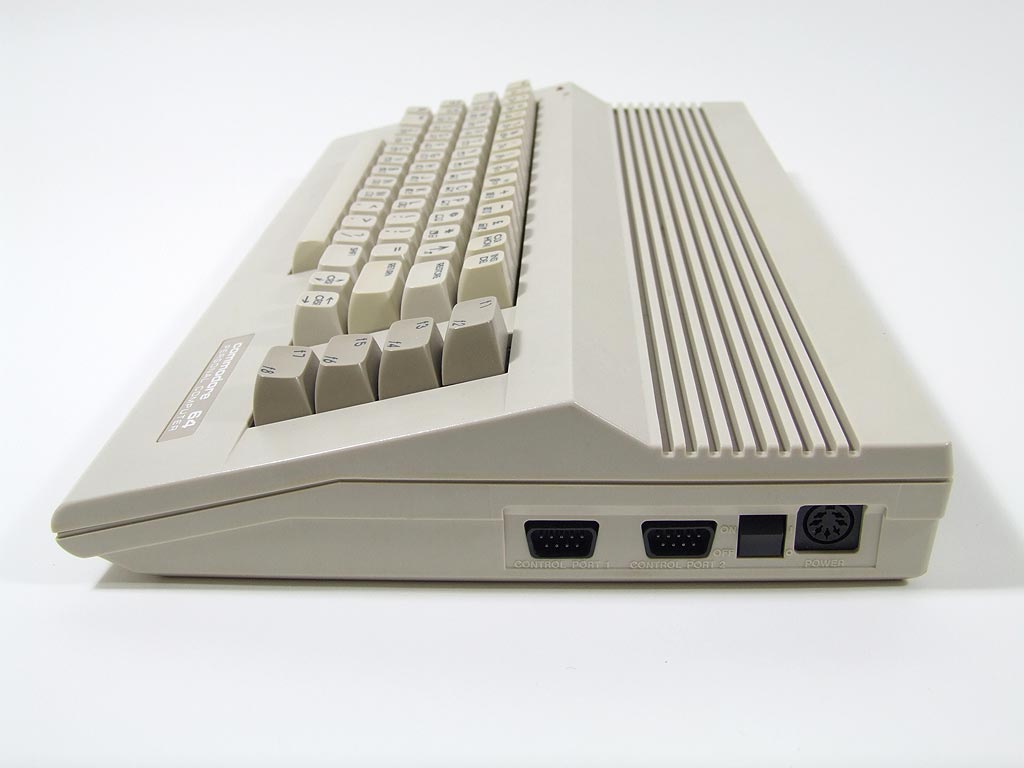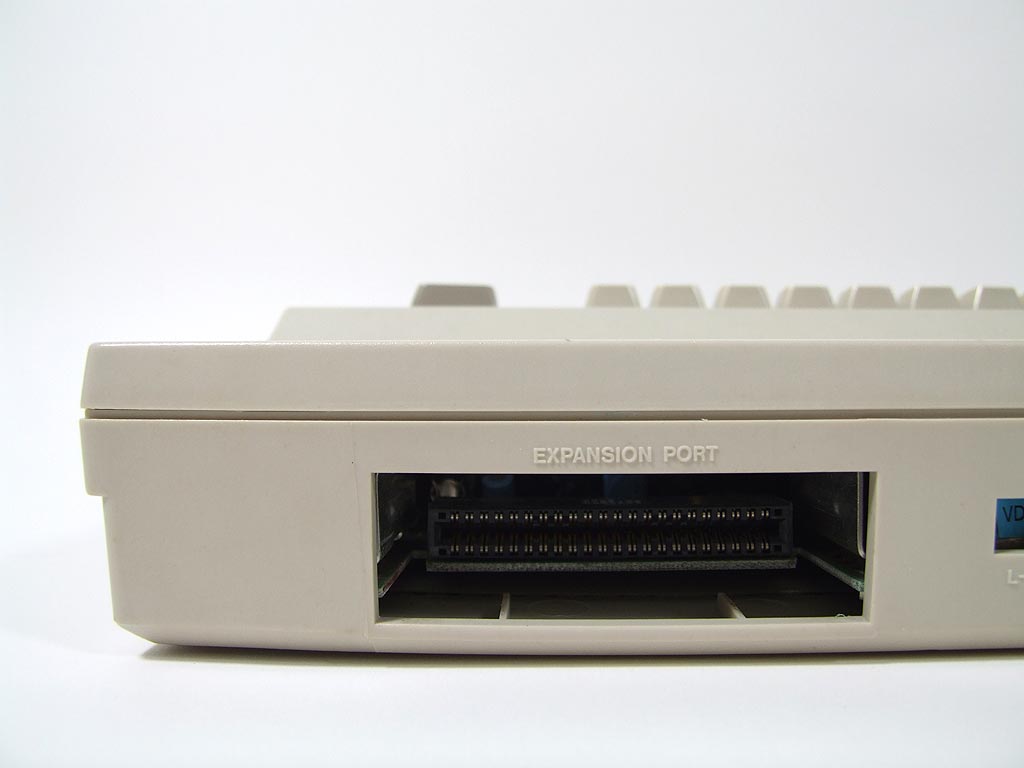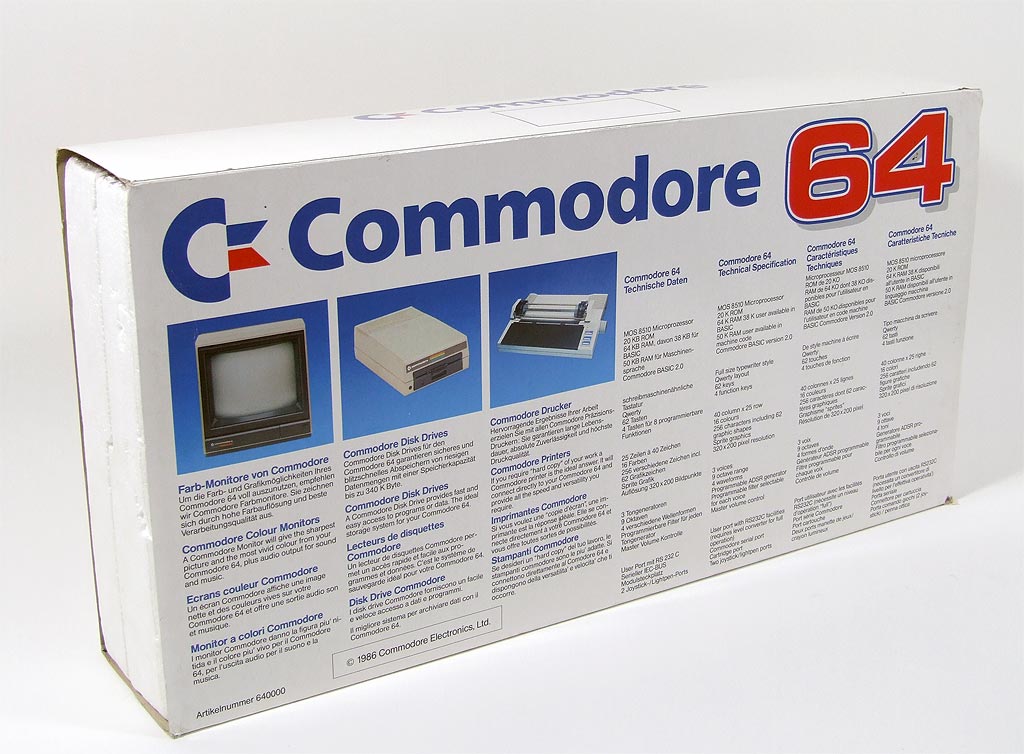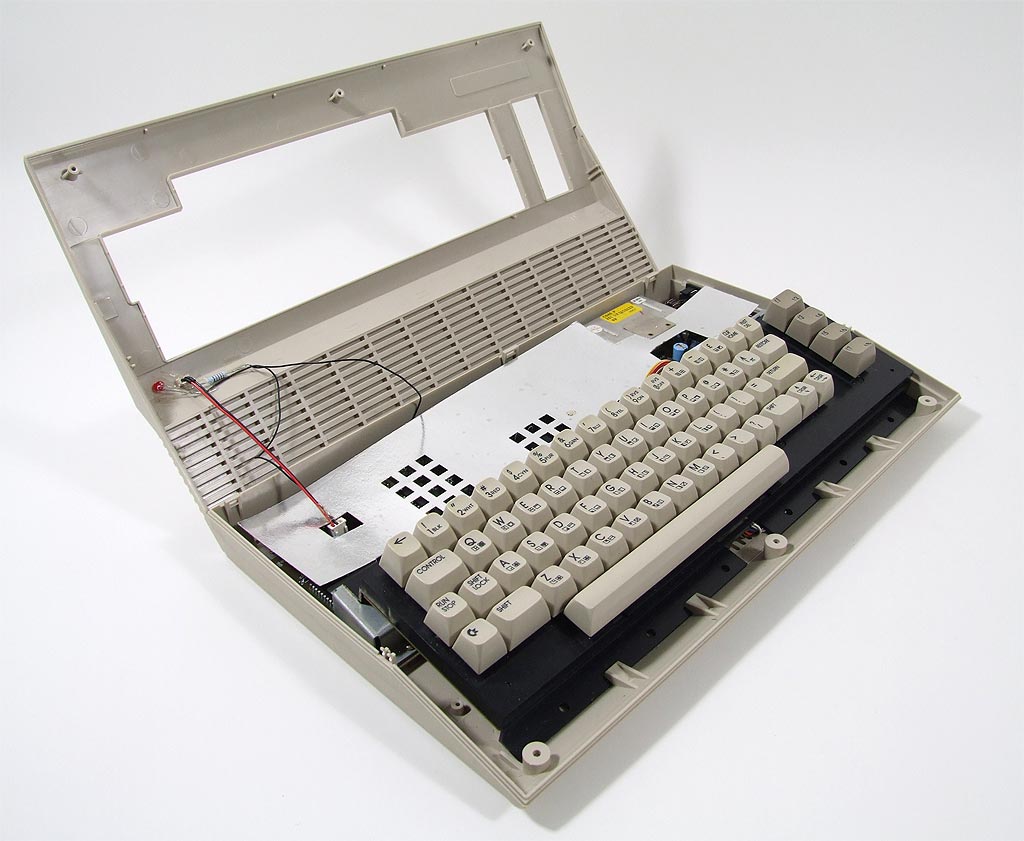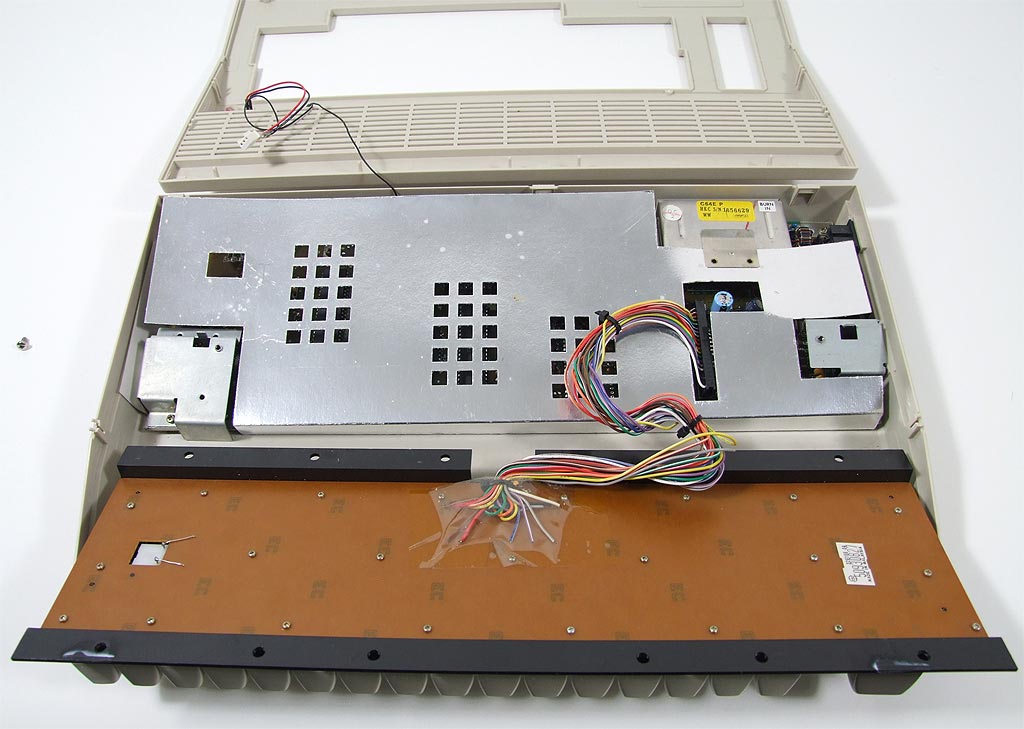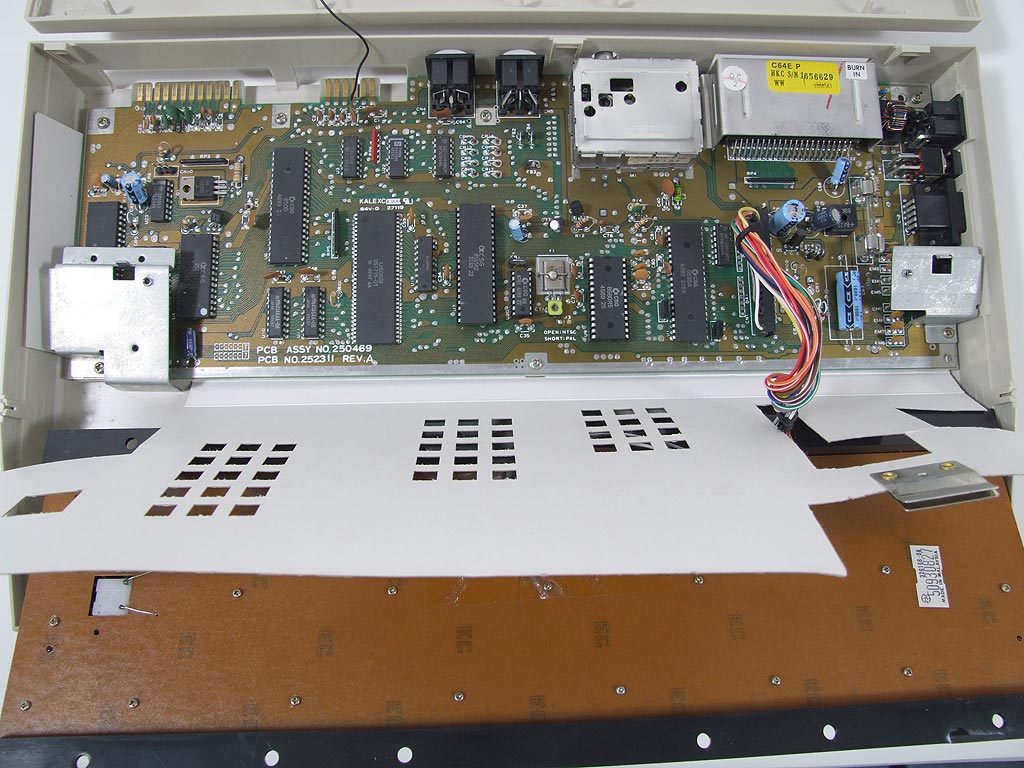Flashback: The Commodore 64 In Pictures
The Venerable Old Commodore 64
The Commodore 64 is the computer that launched the careers of many of today's IT experts. Back in the 1980s, you could easily get countless add-ons, accessories, and peripherals for this home computer. For example, one of the best-beloved models in this family was the Commodore 128, whose C128D Diesel version sported a built-in 5" floppy drive. Along with an 80-column RGB monitor, a dot matrix printer, and an ungodly expensive 20 MB hard disk, you could also select from a large number of input devices and a plethora of software.
This breadbox shaped computer--also called a "bullnose" thanks to its rounded front edge--led many young enthusiasts to neglect their school work, and prompted many sleepless (but exciting) nights at the keyboard. At that time, the x86 PC was still chasing the Commodore for market share. These were pioneering days for personal computing technology and interest in the field pushed many people into IT careers. A whole slew of Tom's Hardware editors trace their computing roots back to the C64, or to other early PC precursors such as the VC20, C16, or C166 models. Generally, they moved to Amiga 500s or to the original 8086 PC models from there.
Successors To The "Breadbox"
The successor to the "Breadbox"--the Commodore C64C, also known as the Commodore C64 II--became available in 1986. It sold in Germany for around 400 DM (about $200 in the US). When it made its original market debut in March 1983, the original C64 was priced at 1500 DM ($599 in the US). At the time this was a huge sum for schoolkids or college students, to which they had to add the cost of an external floppy drive (about 1100 DM or $360 in the US) and a color monitor. Most users opted instead to use their color TV sets as monitors, using the HF antenna output on the C64. The best video, however, was generally produced using a composite video link between the C64's A/V output and a TV set.
The Commodore C64C
Although the Commodore C64C presented a sleeker and more modern-looking enclosure, it wasn't as popular with tinkerers and hobbyists as was the old "Breadbox" model. This led to a switch back to the older form factor in 1987, which once again let hobbyists take advantage of extra space for hardware add-ons that could be mounted inside the Commodore's case.
The C64C model was also the first small computer to apply the term "personal computer" to machines in the homebrew/home user marketplace. Despite strong competition from the Atari 800 XL, and inroads made by the Sinclair ZX Spectrum, lots of buyers opted for the C64 as their homebrew PC of choice. In concert with a rapidly growing population of software titles, this device became enormously popular and successful both in the European market and around the world.
The Commodore C64C
You seldom see designs like this one any more. The Commodore C64 features a keyboard and all of the computing circuitry in a single enclosure. Compared to PC offerings available at the time, this keyboard was really robust, but not terribly ergonomic. Also, some of the keys produced as many as three symbols or actions, a result of the Commodore's extended character-mode graphics.
Commodore C64 Ports And Connectors
Here's a look at the connectors on the Commodore C64. At left, you see the expansion port, into which most users plugged in cartridges called "expansion modules." Next up is the HF antenna output for the TV signal, with preset channel selection, a port for a diskette drive or printer, an audio/video or monitor output, a connector for a cassette tape drive (Datasette), and the User Port. Every C64 owner with any claim to system smarts would unscrew the case screws as well, to let them plug in additional internal devices inside the case.
Get Tom's Hardware's best news and in-depth reviews, straight to your inbox.
Commodore C64 Connections
The right-side connectors included two joystick or mouse points, a power switch, and a power port for the external power supply. The PSU went through many design changes during the 11 years that the Commodore C64 remained in active production.
Commodore C64 Connections
Here's a close-up of the expansion port, which provided a plug-in interface for modular add-ons and game cartridges.
Commodore C64 Packaging
A quick glance at the back of the Commodore C64 box is like gawking at an exhibit of "stone age" technology. Note the 1802 RGB monitor, the monstrous 1541 external floppy drive, and the 7-pin dot matrix MPS 801 printer. They all hearken back to the earliest days of personal computing. This stuff wasn't cheap, either: the total cost for all of these items, plus the C64 itself, ran about 3,000 DM (around $1,500 at then-prevailing exchange rates).
Commodore C64C With Top Deck Up (Front)
Here's a Commodore C64C with the top opened up to show modifications. During its product life from 1982 until 1992, this computer went through countless design and technical changes. But despite the many changes in internal components that differentiated C64 versions from one another, there were never any software compatibility problems to speak of during this entire period.
Commodore C64C With Top Deck Up And Keyboard Folded Down
Compared to the Breadbox version, the C64C was equipped with a much smaller motherboard.
Commodore C64C With Circuitry Exposed
Though the first Commodore 64 came equipped with a MOS 6410 processor that ran at about 1 MHz, the C64C came equipped with a MOS 8500 instead, operating at the same clock rate. Commodore actually bought MOS Technology, so as to have exclusive access to its chip output. The motherboard also included a very generous 64 KB of RAM (quite a bit for the time), so that users could not only play games, but also run more serious applications as well. Unique for its day, this unit also included an SID 6581 sound chip, which could produce three polyphonic voices at once; this device was also used in professional electronic instruments at the time. In some games, such as Turrican and Turrican II for example, crafty programmers used this circuitry to mix multiple sound sample to produce sound tracks of up to five distinct voices.
-
BallistaMan I thoroughly enjoyed this article. 'Twas a great read for all the "newbies" like me who can't remember much beyond when CPUs were around the 100MHz range.Reply
It's amusing that people were actually quite productive with these things. I know I could never do it. xD -
A nice blast from the past, remembering all the hours wasted doing nothing but rebooting and playing with 10 print... 20 goto 10... etc :)Reply
-
neiroatopelcc Last month I found an old C64 magazine dated februar 1989 in a pile of stuff at home, and I started browsing some of it. It's funny to see that nothing much has really changed since then - except for speed.Reply
The cdrom drive has existed since 86, and since 87 or 88 you could get an adapter for your c64 so you could use an audio cd to load software the same way you use your tape ... also I was surprised that a 30mb seagate harddrive only cost 500DM - I would've expected more considering I hadn't even heard of a harddrive at the time. And 30mb was afterall massive compared to the storage on a 5,25" floppy.
Nice lookback to the old stuff though :)
-
arkadi Grate article,Reply
I am sure if i look hard, I will find mine some ware.
To bad no benchmarks lol -
Wow lots of memories there loved the article. Back in the day i liked the Atari systems.(i miss those for some reason)Reply
I remember spending two days on a program inputting all that code for a frog that went beep and waived its arms.
But that was my dads computer my first was an 8088(my first intel pc)from there was a 386sx 16mhz with turbo 1mb ram a 45mb hard drive, brand new vga monitor and the state of the art sound blaster(with Dr. spatso) anyone remember that. -
loftie Ahh this brings back some memories! We had two C64s - the sound went on the first one :( I just remember playing Wizard of Wor, Crystals of Zong and CJ's Elephant antics.Reply
No overclocking? ^^ -
LightWeightX I had a C128 and a C64. My first "IT" job was repairing C= computers. I also ran a C-Net BBS. Ah the memories, single sided floppies,300 baud, typing in programs from magazines, 5 minute load times, life was simple.Reply -
TechDicky C64? No sir... had a couple of friends with them... Me and my old man, where hardcore Trash-80 guys... had the original grey one and then later a CoCo (Color Computer) II. He was a hardware guy. piggy backed memory to make it double what RadioShack offered. Made a cartridge with an eeprom and a thumb switch so that we could dump cartridges to audio cassette and then reload the "backups" anytime we wanted, to the eeprom cartridge and then run it from there... hah, must have taken like 30 minutes to load from audio cassette. At the time I was mostly just playing with the software side. Writing programs in Basic, etc... at first text only, then I learned to do graphics (if you would endulge me and let me call them graphics). Those were the days... I still have a "Hot CoCo" magazine somewhere... and a "Radio-Electronics" magazine with a TRS-80 grey box 4k of memory I think... advertised for something like $800... hah, to think...Reply -
jcknouse the original (tan box, dark brown keys) C-64 was my first real computer. I still have both a working C-64 and C-64 C, as well as 3 1541 floppy drives and a 1702 monitor and tons of 5.25" disks (of which 90% probably don't work now due lol).Reply
I loved the thing, and bought an interface a while back to hook it to a PC so that I can burn all the C-64 software I have (that still works) to CD and can re-claim it anytime I want.
I miss the days of Karateka, Temple of Aphsai, Pirates, Zork, and...ah yes...GEOS.
